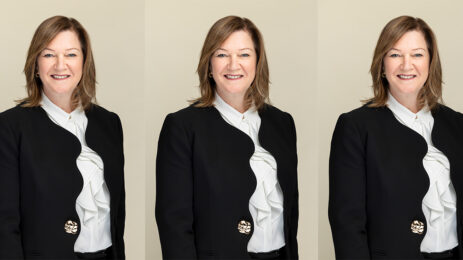Satisfy special requests by following this checklist
Vegetarian. Gluten-Free. Paleo. Sustainable Foods. These are just some of today’s attendees’ requirements and requests. Menu choices are more varied and sustainable than ever before. And they must be social media shareable.
A lot of pressure on you and the chef…right?
Fortunately, with good planning and collaboration with venue staff, you can assemble the right food for the right attendee at the right time without budget overruns.
Nine Ways to Meet Attendees Where They Are
It shouldn’t surprise you that 25% of the average meeting budget is spent on food and beverage. However, experienced event planners who have catered to specialty food requests find increased costs associated with this demand. To stretch your budget dollars and give guests what they are craving, follow these tips:
1. Survey attendees about dietary needs and requests.
Do this when they register, when you confirm their attendance, and when they walk through the convention doors. Know as much about each attendee’s food palette as they will disclose and whether it’s a must-have (i.e., food allergy) or nice to have. In the case of food allergies, ask the venue staff how they handle them to ensure no cross-food contamination.
Read More: How a Storied F&B Kitchen Went Halal to Accommodate Allies
2. Work with the catering manager to research local sourcing options.
Some attendees want ingredients from local farms and want to know how the animals were fed or treated. For example, some want to eat eggs from range-free chickens or beef from grass-fed cows.
3. If you have several special requests, stay away from the buffet.
Buffets can be a cost-effective alternative to feed the masses. However, it’s not a great option if you have multiple meal requests for foods not typically on a buffet. Have a meeting with the banquet manager to determine your options. Perhaps those with specific requirements (i.e., gluten-free, vegan) can receive plated entrees while the rest of your attendees make their way to the buffet.
4. When you have the menu finalized, please put it on your event website.
Sharing the menu several days before your meeting will help offset questions, identify oversites, and reduce anxiety among attendees. For inquiries beyond your knowledge, put them in touch with the catering manager or chef.
5. During the event, use digital signage to display the daily menu.
Choosing this option:
- Eliminates the need for any printed materials
- Allows for real-time updating of the display
- Can inform the attendees of the where and when of each meal
- Allows for the opportunity to display colorful pictures of the menu items
-
6. Make sure little goes to waste.
Attendees want to know where unused food goes. According to the U.S. Department of Agriculture, about 150,000 tons of food are tossed out every day—the equivalent of about one-third of the daily calories that each American consumes. Planners can eliminate waste in three ways:
- Ensure you have the correct headcount for every meal
- Meet with kitchen staff to determine if locally sourced food and beverages providers will take back unopened or unused items
- Have a plan to give away excess food to a non-profit. Make sure it complies with local health department regulations
Read More: Food Rescue and Donating to Those in Need: The Law Is On Your Side
7. Five days before your conference, review all meals with the banquet captain.
You can convey any changes to your RSVP list or missed menu items with minimal budget impact when it’s completed this far in advance.
8. Upon check-in, give attendees a card or wristband to delineate what they want for each meal.
This will streamline service and let guests know you have heard their requests.
9. Presentation, presentation, presentation
Millennials are true foodies and like to snap photos of what they eat. They will post it on Instagram to ensure the venue’s delivery is worthy of social media.
Conclusion
Food is an essential element of every meeting. Ensure your attendees have great entrees and feel heard about their special requests, and they will be talking about your event for months to come!
—
De-de Mulligan is the President and Chief Content Strategist for Mulligan Management Group. As a former meeting planner who has received Ohio MPI’s Planner of the Year award twice, she brings a unique perspective to these blog posts. You can find her on Twitter @DedeMulligan.




